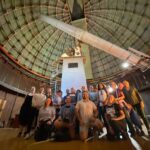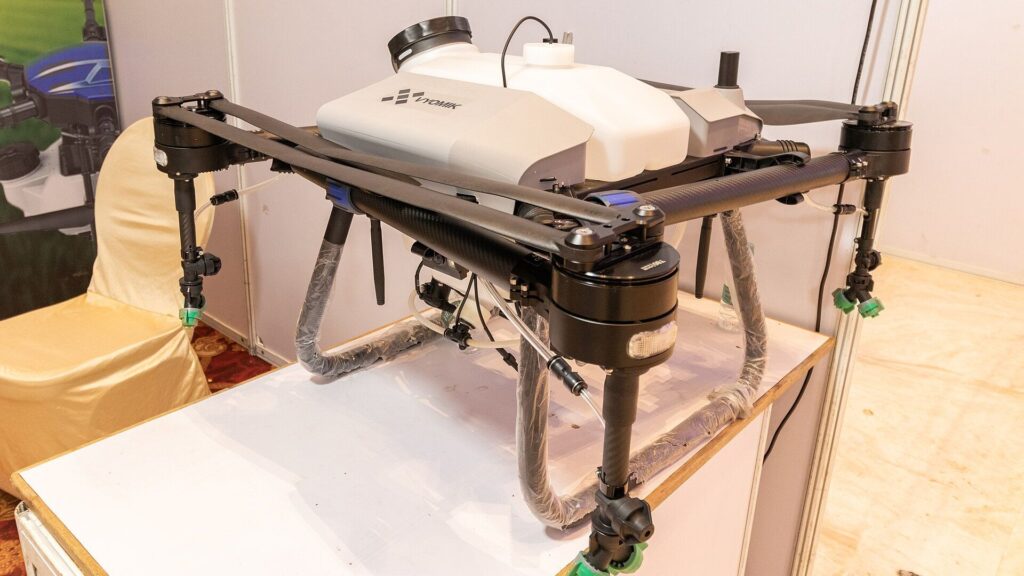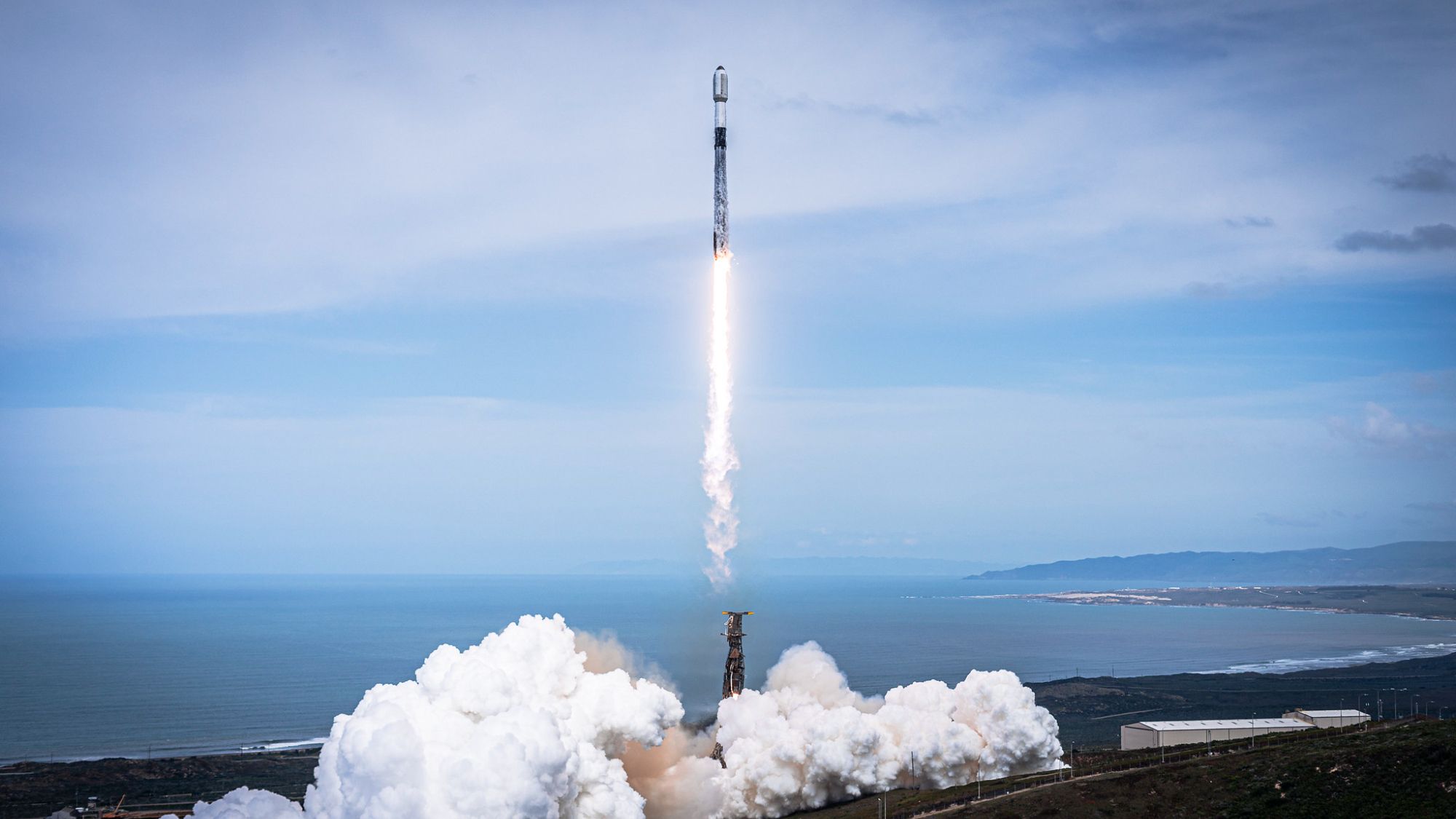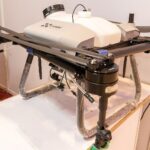Now Reading: Lego is offering a FREE Northern Lights Diorama and double loyalty points until October 20
-
01
Lego is offering a FREE Northern Lights Diorama and double loyalty points until October 20
Lego is offering a FREE Northern Lights Diorama and double loyalty points until October 20

Free Lego? Yes please! All you must do is sign up to Lego Insiders before Oct. 20 and you get double loyalty points and a free Northern Lights diorama set on purchases over $150.
If you’re looking to grab your next Lego set or prepare for the holidays and beat the rush of the Black Friday sales, now might be the best time to do so. Until October 20, Lego Insiders members get double loyalty points and a free Northern Lights diorama set with purchases over $150. Loyalty points can be redeemed for discounts and rewards. If you need inspiration, you can always check out our best Lego Star Wars sets, Lego space sets and Lego Marvel sets guides for the top models on the market.
There’s plenty of choice on the Lego Store to be able to qualify for this offer and the best thing is, signing up for Lego Insiders is free. If you’re a collector, you could pick up the new 9,023-piece UCS Death Star, Advent Calendars, if you’re getting ready for the holidays, or take a look at what else is on sale.
The Northern Lights diorama set is a collectible display piece with 332 pieces, measures at 3.5 x 4.5 x 4.5 (inches, height x width x depth) and features vibrant colors in a wintery landscape depicting trees, running water and the Northern Lights in the night sky.
Now is the best time to take advantage of freebies if you’re looking to prepare for the holiday season and, in the process, beat the rush of Black Friday and Cyber Monday sales. You can’t guarantee stock levels during the sales event and there’s no way to ensure bonus loyalty points and free sets in the future. So, if you are looking for your next set, this could be the offer you’re looking for.
Key features: Free to sign up, double loyalty points, and a free 332-piece collectible display set with purchases over $150.
Product launched: 2025
✅ Buy it if: You want to maximize the value of your purchase with a free gift and double loyalty points, which can be used for future discounts and rewards.
❌ Don’t buy it if: You want to wait for Black Friday 2025, which falls on November 28 this year.
Check out our other guides to the best telescopes, binoculars, cameras, star projectors, drones, lego and much more.
Stay Informed With the Latest & Most Important News
Previous Post
Next Post
Previous Post
Next Post
-
 012024 in Review: Highlights from NASA in Silicon Valley
012024 in Review: Highlights from NASA in Silicon Valley -
 02Panasonic Leica Summilux DG 15mm f/1.7 ASPH review
02Panasonic Leica Summilux DG 15mm f/1.7 ASPH review -
 03How New NASA, India Earth Satellite NISAR Will See Earth
03How New NASA, India Earth Satellite NISAR Will See Earth -
 04And Thus Begins A New Year For Life On Earth
04And Thus Begins A New Year For Life On Earth -
 05Astronomy Activation Ambassadors: A New Era
05Astronomy Activation Ambassadors: A New Era -
06SpaceX launch surge helps set new global launch record in 2024
-
 07Space Force plans new ‘Futures Command’ amid pressure to speed up modernization
07Space Force plans new ‘Futures Command’ amid pressure to speed up modernization























